Featured
Latest
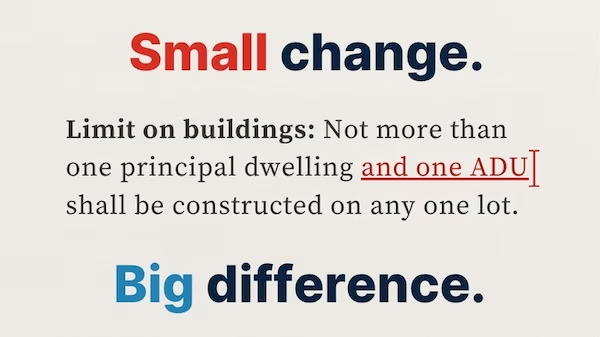
Lorem ipsum dolor sit amet, consectetur adipiscing elit. Suspendisse varius enim in eros elementum tristique. Duis cursus, mi quis viverra ornare, eros dolor interdum nulla.

Lorem ipsum dolor sit amet, consectetur adipiscing elit. Suspendisse varius enim in eros elementum tristique. Duis cursus, mi quis viverra ornare, eros dolor interdum nulla.
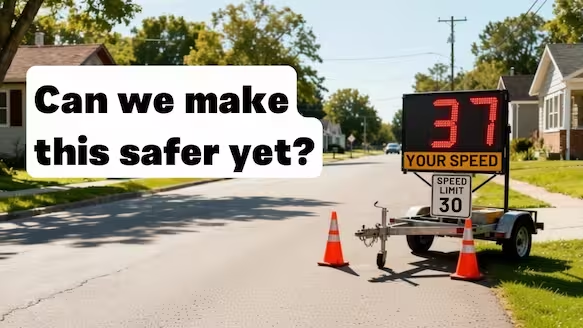
Lorem ipsum dolor sit amet, consectetur adipiscing elit. Suspendisse varius enim in eros elementum tristique. Duis cursus, mi quis viverra ornare, eros dolor interdum nulla.

Lorem ipsum dolor sit amet, consectetur adipiscing elit. Suspendisse varius enim in eros elementum tristique. Duis cursus, mi quis viverra ornare, eros dolor interdum nulla.
Latest Podcasts
(Transcripts Included)
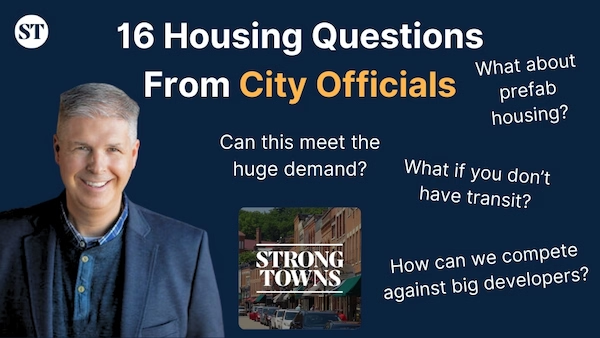
Housing Q&A With City Officials: 16 Questions on Incremental Housing Development

Historic Bridge Battle: Will 1 Town Profit While the Other Pays?
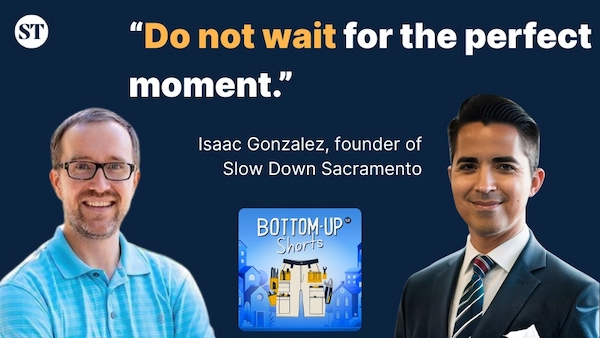
How To Convince Your City To Embrace Tactical Urbanism

Why America Can't Stop Building Highways We Don't Need
Blog Posts

The notorious Park Avenue in Minneapolis is finally getting some immediate safety improvements, thanks to the efforts of local advocates and county officials willing to step up.
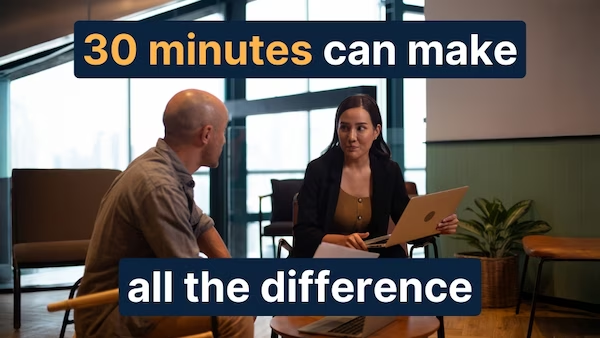
For many small developers, the hardest step isn’t swinging a hammer or drawing a site plan; it’s figuring out where to start. Here's how Bentonville, Arkansas, is fixing that.

In Shreveport, Louisiana, a deeply controversial project aims to build a new highway directly through the city’s core.

In the heart of the Rust Belt, a city once defined by industrial decline is quietly rebuilding from the ground up.

Here's how Lafayette, Louisiana, became a national leader in supporting incremental developers and creating an ecosystem where community reinvestment thrives.

Volunteers in Spokane, Washington, sent a message to city hall last month by building, decorating, and installing 29 bus benches throughout the city.
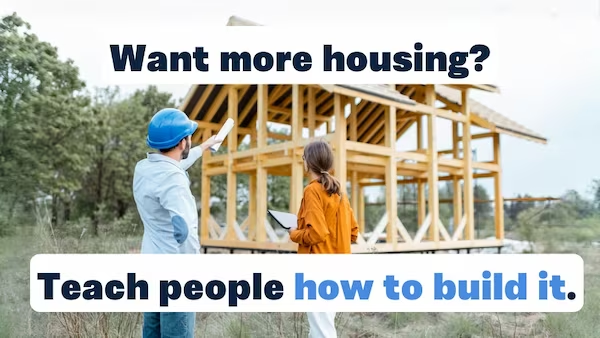
If you want more affordable, resilient, and context-sensitive housing, you need to equip your residents to build it. Here's how Sacramento did it.

This group went from a struggling handful of advocates to a powerhouse for local change. Here's how they did it.
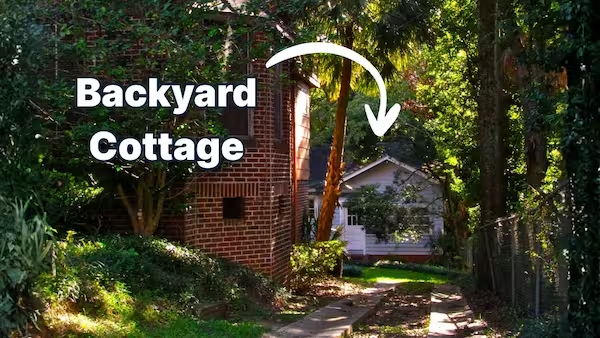
On paper, backyard cottages were legal in Tallahassee, Florida. In practice, they were nearly impossible to build. Here's how the city changed that.
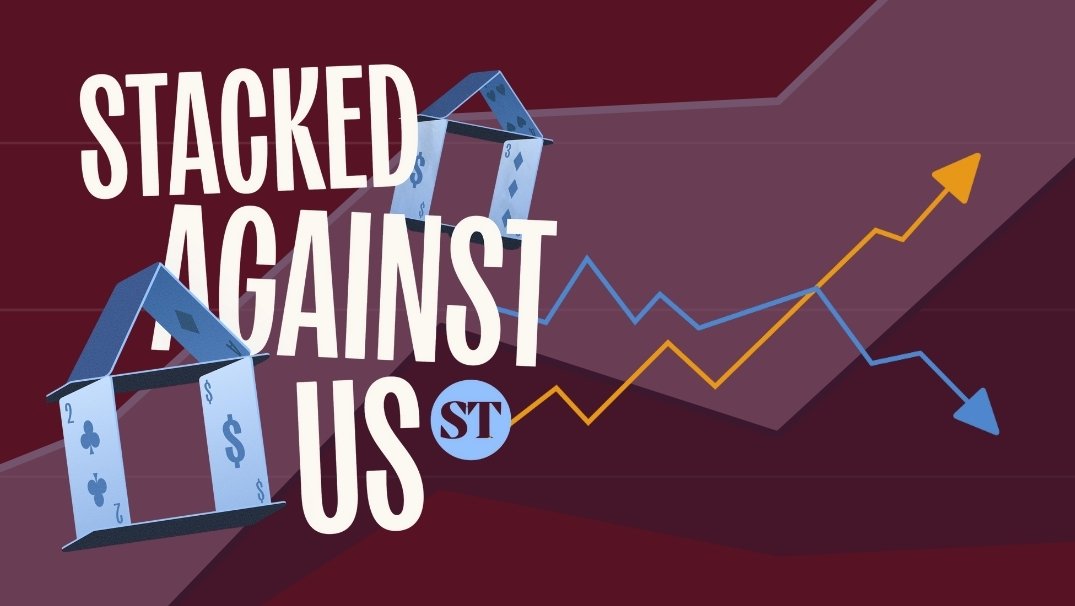
Introducing Stacked Against Us: a podcast about how a national economic gamble broke housing, and why local resilience is the only way forward.

US-19 in Pasco County, Florida, is one of the clearest examples of how federal transportation policy creates dangerous, expensive, and economically destructive outcomes.
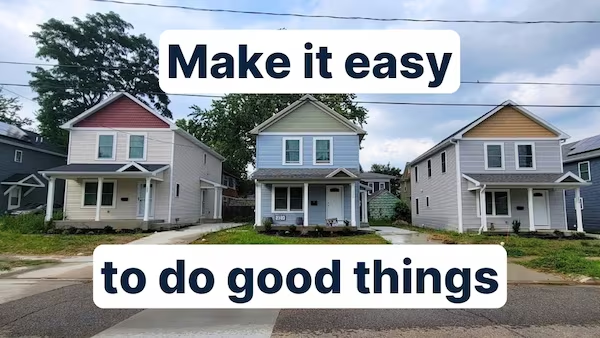
Cities shape themselves around what is easy and what is hard. If you want good development, you need to make it easy to do.

A fourplex is not a high-rise and shouldn’t be treated like one. Memphis is recognizing that.
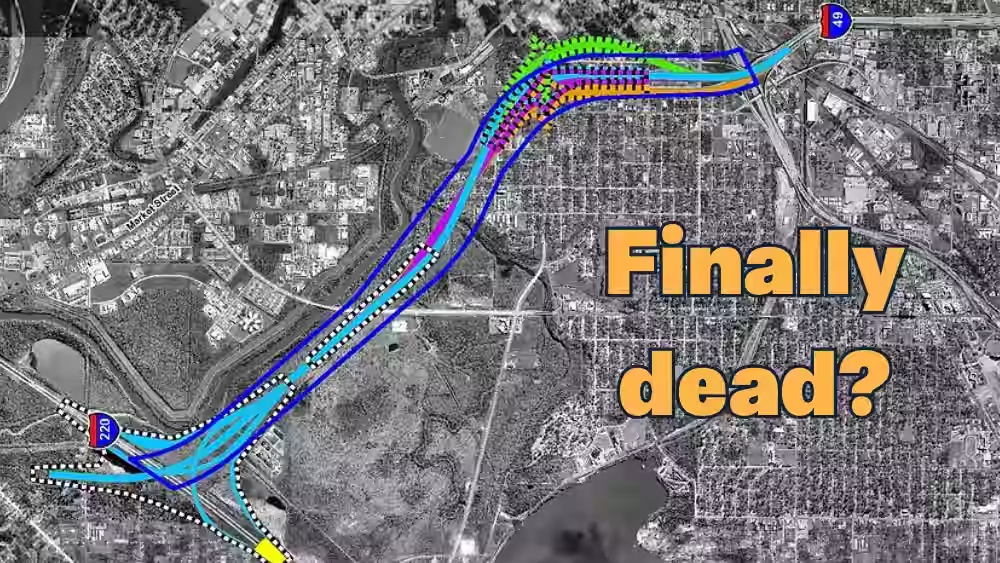
The regional government of Northwest Louisiana recently canceled discussions on the I-49 Connector project. But is this highway project really dead?
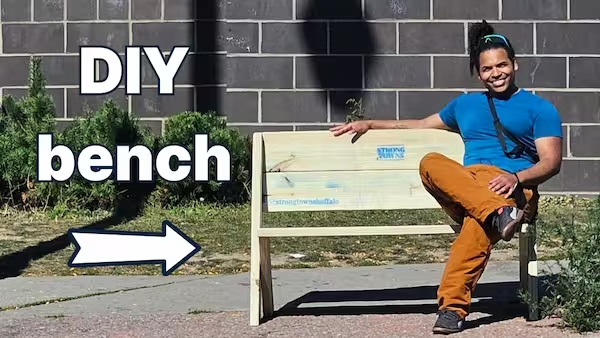
Buffalo neighbors built benches for bus stops, proving that small, bottom-up projects can have a big impact on daily life.

The challenge facing most small-scale developers isn’t vision or willpower. It’s isolation. If you want to get their builders' projects off of paper, you need to help them connect with a network.
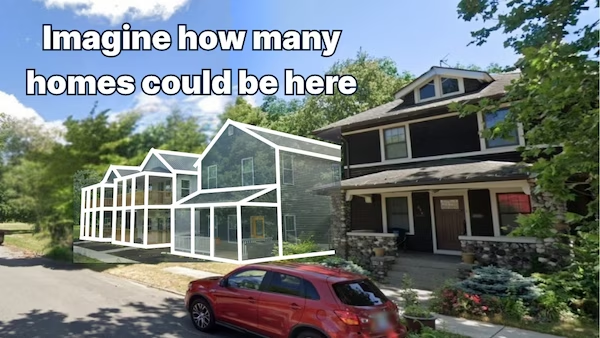
This homegrown developer is bringing practical, thoughtful, and community-focused housing to disinvested neighborhoods in South Bend, Indiana.
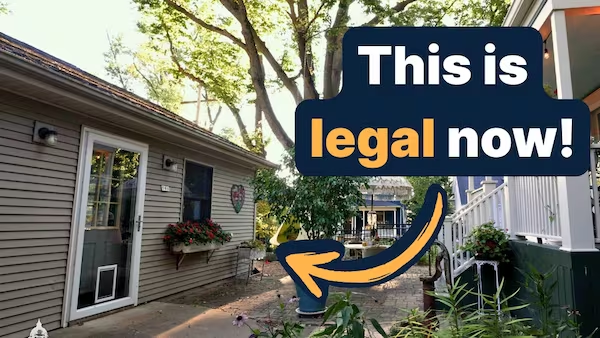
Bloomington, Illinois, just passed major housing reforms. Here's how local advocates made it happen.

Kids need free play, parents need support, and communities need connection. Expert Vanessa Elias explains how a simple block party can deliver all three.

When it comes to abundance, the way we talk about infrastructure shows whether we’re repeating old mistakes or building real resilience.
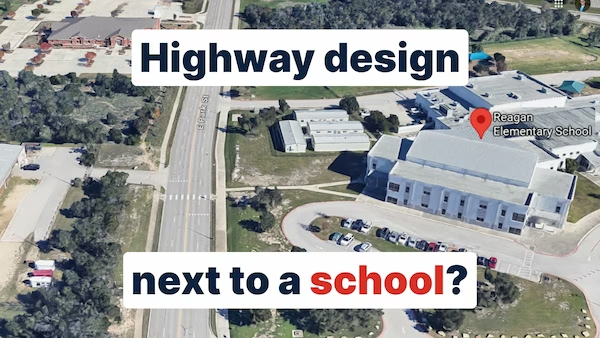
Advocates in Cedar Park, Texas, used publicly available crash data to drive major safety improvements near their schools.

Every fall brings the same story: too few school bus drivers, too many kids left waiting. Some districts throw money at the problem. Others see an opening to make walking and biking safer.

Detroit residents are leading one of the most ambitious housing revivals in the country.
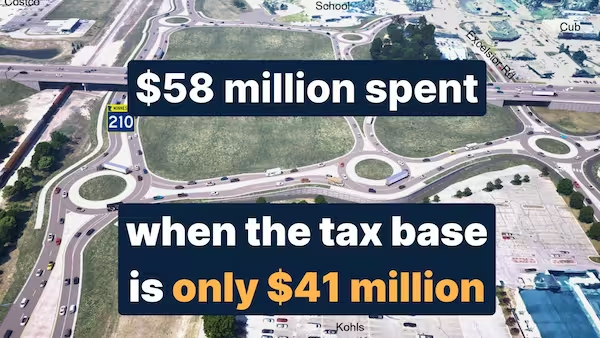
With MnDOT's buttonhook design, “supporting business” is the sales pitch, but corporate subsidy is the product.
